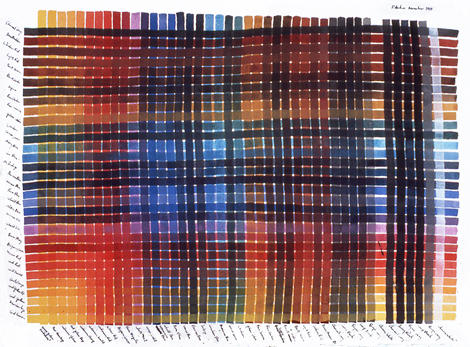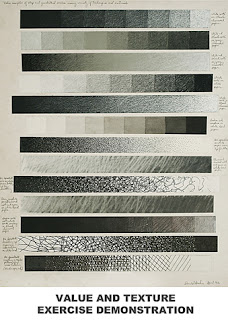55. DEVELOPING MY TEACHING CHOPS (WATERCOLOR, PART 3)

PAINTING ON LOCATION IN 4-VALUES: After developing a feel for the placement of lights and darks in the painting and simplifying the infinite values of nature into four: (1) light, (2) middle light, (3) middle dark, and (4) dark, I would take the class outdoors to apply the principle to natural surroundings. One issue I had with students when first presenting 4-value, monochromatic paintings was that they wanted to get into C O L O R straight away. A limited palette of G R A Y S felt to them like their hands were tied behind their backs. But after their initial resistance, they could see that their paintings were much stronger through being given such strict limitations...and they learned how to manipulate light, which is essential in creating powerful paintings, and particularly, powerful watercolors. I chose locations that offered a variety of interesting possibilities and were easy to get to on public transportation. For example, we went to the Palace of Fine Arts, Stow La


